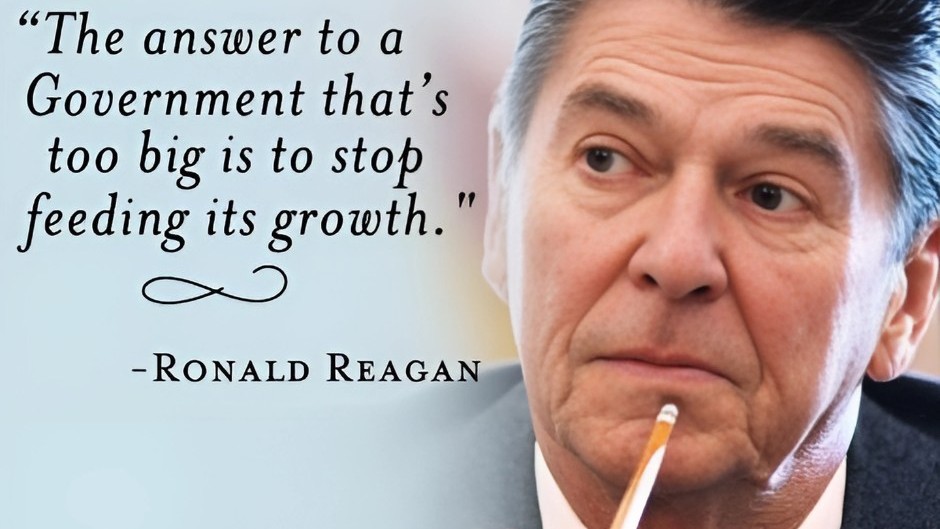WASHINGTON — Sen. Bernie Sanders’ “Medicare for all” plan would increase government health care spending by $32.6 trillion over 10 years, according to a study by a university-based libertarian policy center.
That’s trillion with a “T.”
The latest plan from the Vermont independent would require historic tax increases as government replaces what employers and consumers now pay for health care, according to the analysis being released Monday by the Mercatus Center at George Mason University in Virginia. It would deliver significant savings on administration and drug costs, but increased demand for care would drive up spending, the analysis found.
Sanders’ plan builds on Medicare, the popular insurance program for seniors. All U.S. residents would be covered with no copays and deductibles for medical services. The insurance industry would be relegated to a minor role.
“Enacting something like ‘Medicare for all’ would be a transformative change in the size of the federal government,” said Charles Blahous, the study’s author. Blahous was a senior economic adviser to former President George W. Bush and a public trustee of Social Security and Medicare during the Obama administration.
Responding to the study, Sanders took aim at the Mercatus Center, which receives funding from the conservative Koch brothers. Koch Industries CEO Charles Koch is on the center’s board.
“If every major country on earth can guarantee health care to all, and achieve better health outcomes, while spending substantially less per capita than we do, it is absurd for anyone to suggest that the United States cannot do the same,” Sanders said in a statement. “This grossly misleading and biased report is the Koch brothers response to the growing support in our country for a ‘Medicare for all’ program.”
Sanders’ office has not done a cost analysis, a spokesman said. However, the Mercatus estimates are within the range of other cost projections for Sanders’ 2016 plan.
Sanders’ staff found an error in an initial version of the Mercatus report, which counted a long-term care program that was in the 2016 proposal but not the current one. Blahous corrected it, reducing his estimate by about $3 trillion over 10 years. Blahous says the report is his own work, not the Koch brothers’.
Also called “single-payer” over the years, “Medicare for all” reflects a long-time wish among liberals for a government-run system that covers all Americans.
The idea won broad rank-and-file support after Sanders ran on it in the 2016 Democratic presidential primaries. Looking ahead to the 2020 election, Democrats are debating whether single-payer should be a “litmus test” for national candidates.
The Mercatus analysis estimated the 10-year cost of “Medicare for all” from 2022 to 2031, after an initial phase-in. Its findings are similar to those of several independent studies of Sanders’ 2016 plan. Those studies found increases in federal spending over 10 years that ranged from $24.7 trillion to $34.7 trillion.
Kenneth Thorpe, a health policy professor at Emory University in Atlanta, authored one of those studies and says the Mercatus analysis reinforces them.
“It’s showing that if you are going to go in this direction, it’s going to cost the federal government $2.5 trillion to $3 trillion a year in terms of spending,” said Thorpe. “Even though people don’t pay premiums, the tax increases are going to be enormous. There are going to be a lot of people who’ll pay more in taxes than they save on premiums.” Thorpe was a senior health policy adviser in the Clinton administration.
The Mercatus study takes issue with a key cost-saving feature of the plan — that hospitals and doctors will accept payment based on lower Medicare rates for all their patients.
The study found that the plan would reap substantial savings from lower prescription costs — $846 billion over 10 years — since the government would deal directly with drugmakers. Savings from streamlined administration would be even greater, nearly $1.6 trillion.
But other provisions would tend to drive up spending, including coverage for nearly 30 million uninsured people, no deductibles and copays, and improved benefits, including dental, vision and hearing.
After taking into account current government health care financing, the study estimated that doubling all federal individual and corporate income taxes would not fully cover the additional costs.
Copyright 2018 The Associated Press. All Rights Reserved. This material may not be published, broadcast, rewritten, or redistributed. (Photo: AP)





















